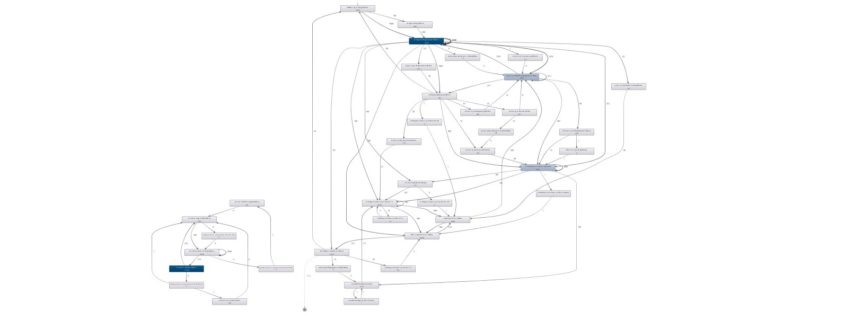What is Data Warehousing and Data Mining – Know the difference between Data Warehousing and Data Mining
Getting started
Before we start off with Data Warehousing and Data Mining, let us first set the ground for the same. This will help in understanding why we need them in the first place. By the end of the post, you would feel much more acquainted with the two topics at hand. So here goes!
With the exponential increase in the generation and consumption of the data, the organizations have to deal with a humungous amount of data at their end. We all have heard the talks about data being the new oil, which is rather turning out to be a reality. Data is considered to be an extremely valuable asset for every organization and they attempt to put it to good use. The data assists the organizations in making business decisions that will generate significant revenues. It helps in understanding the current requirements of the market which is vital for some organizations to stay in business. Thus, it is essential for organizations to store the data somewhere which can be later utilized for analytical purposes.
Introduction to Data Warehousing
Data Warehousing is a process to collect and manage data from a variety of sources. The data can also come from different departments of an organization like Finance, Marketing, etc. The idea of constructing a Data Warehouse is to be able to use the data for analytical purposes and make decisions based upon the analysis. Data warehouses are a pivotal component of any analytical and business intelligence operations at an organization. As the organizations can generate data at various sources, we might need to use different tools in order to store the data at a single source. The process of data warehousing generally involves ETL (Extract – Transform – Load) tools that help to extract the data from different sources, transform the data into a suitable format, and load the data into a single source. There are some tools like Google BigQuery, Amazon Redshift, etc that allow you to connect with a vast number of sources to store the data in one place. The data warehouses can be implemented on-premise as well as on the cloud. On-premise data warehouses are implemented on the local networks of the organization while cloud data warehouses are implemented over the internet. There is always a trade-off in making decisions as to which one to choose because there are multiple factors to be considered like scalability, initial investment, recurring costs, security, speed, etc.
General steps to implement a data warehouse
- Determining the business objectives.
Every organization can have different business objectives that define success in its terms. Some organizations are involved in a constantly changing market which will require a large number of sources while others might just need to use the data for better administration purposes. Hence the key step to initiate the creation of a data warehouse is to include the stakeholders and determine their business objectives.
- Analyzing and obtaining the information regarding the objectives.
Once the business objectives are decided, the information regarding those objectives needs to be obtained. The information can be obtained using any periodic report, or any CRM application, etc depending upon the organization. An extensive amount of interaction with all the supervisors attending to that information can be crucial for this process. Interacting with the people that are daily involved in this routine can serve a lot of information. These people tend to know the bits and pieces of the entire task and any information obtained from these people can lead to better implementation of the data warehouse. This step also helps in identifying the key performance indicators for the desired objectives.
- Identifying the concerned departments in the organization.
The key performance indicators can be different for different organizations. For example, in an organization that deals with the manufacturing of different products, if their objective were to increase the revenue then the number of units sold would be one of the key performance indicators. Based on these indicators, the involvement of the concerned departments proves to be significant.
- Create a layout of the data warehouse.
With all the key performance indicators discovered, create a layout of the data warehouse. It will help in providing an overview of the entire data warehouse and the data that will be stored in it. It will determine what key indicators are being stored in the data warehouse and whether all the indicators required for our objectives exist or not. As the data will be pulled in periodically, think about all of the investment costs including the hardware costs and recurring costs.
- Locating the sources of data and its transformation.
After finalizing the layout, we need to locate the sources of the data and figure out how the data can be extracted from it. The data can be in a CRM application or any database, we need to export the data or make use of an ETL tool that can connect with the data source. As the data comes from different sources, there is a need to consolidate all of the data. Also, there are high chances that the data is not clean and needs some transformation. In case some data may not be extracted then we need the reconsider the layout of the data warehouse. Many times, these two steps are performed in a parallel fashion.
- Implementation of the data warehouse layout
After the objectives are set in place, the concerned stakeholders are looped into the plan, the information is collected and analyzed, a layout for creating a data warehouse is planned, the data sources are located and transformed, now it is time to put all the things to work. After the data from the warehouse can be accessed, the data needs to be pulled from the sources periodically. We need to monitor the data warehouse continuously and check for any irregularities.
Introduction to Data Mining
Data Mining is a process to extract insightful information from a large amount of raw data. The intent of this process is to find some trends and patterns which would help organizations in making data-driven decisions. This process is one of the steps of KDD or Knowledge Discovery in Database. KDD also includes different sub-processes like data cleaning, data transformation, data pre-processing, etc. There are a number of tools that we can use for performing Data Mining – Tableau and Power BI being two of them. We can also make use of certain packages in Python and R languages to extract information. Data Mining helps in analyzing a huge amount of data in a quick amount of time. It is an essential step in any data science project because it provides some exploratory insights which might tell us which features are very important in prediction or which features provide very little information. Data Mining helps the organization in various ways like analyzing their market expenditure, resource management, fraud detection, etc. There are a lot of Data mining techniques which include Association rules, Classification, Clustering, Regression, Outlier Detection, etc. It is a very cost-effective solution for the organization and it can regularly provide new information and analysis depending upon the skillsets. The process of data mining also begins with the understanding of the business and the data. Developing a thorough knowledge about the business and its related data is extremely pivotal for the analysts to be able to perform some operations on it.
Examples of Data Mining
- Ever got any recommendations on an e-commerce store when you are buying a product? Like when you buy a smartphone, the website will show you some phone cases or accessories. This is what is known as Basket Analysis. In this analysis, the buying patterns of the customers and what they tend to buy along with the other products are analyzed. It not only helps in an e-commerce website but also is implemented at any supermarket or grocery store. It can be done using Association based learning and creating some rules.
- Fraud detection is one of the most vital use-cases of Data Mining. Banks have a lot at stake due to the fraudulent transactions because they have to bear the losses for these transactions. Data Mining can help in analyzing the data and catching these fraudulent activities. Although it is a tedious task, the organizations can try to extract some patterns that will help in getting a hold of these fraudsters.
The link between Data Warehousing and Data Mining
Although we will mention the differences that lie between these two terms, let us see how data warehousing data mining is linked to each other. In fact, data warehousing and data mining work in conjunction with each other. As mentioned earlier in the article, we all know that data mining includes the extraction of useful information from tons of data. In order to perform data mining, from where will the analyst obtain the data? Their search ends at the data warehouse itself as it is a single source of contact for all their data needs. The data mining process is provided with all the information that is required for the analysis from the data warehouse. In many instances, the analytical team is able to extract some useful information from the data merged from two completely different departments of the organizations or even from different offices of the same department.
Distinguishing between Data Warehousing and Data Mining
| Parameter | Data Warehousing | Data Mining |
| Process | It is a process of storing data from multiple sources. | It is a process of using different methods to analyze the raw data.
|
| Ideology | The idea behind it was to centralize all the sources of data into one location for ease of use in analytical processes. | The idea behind it was to use the data to find some trends and patterns and help the organization in making good decisions. |
| Requirements | To implement a data warehouse, we need to locate the different means of sources and how the data can be extracted from those sources. | In order to perform data mining, a data warehouse needs to be implemented to be able to look at all the sources and then analyze the raw data. |
| Maintenance | The data pipelines need to be maintained and monitored to prevent any loss of data. | The methods used for extracting information need to be maintained and monitored in order to check if they provide any useful information or not. |
| Periodicity | The data is extracted and stored in the data warehouse periodically. | The data needs to be analyzed periodically for continuously extracting useful information. |
| Tools | Tools used for this process include Google BigQuery, Amazon Redshift, etc | Tools used for this process include Tableau, Power BI, etc. |
| Benefits | Easy access to the historic data of the organization | Helps in detecting any fraudulent operations, financial and market analysis, etc. |
End Notes
Any organization that plans to use the data at hand for analytical purposes needs to implement a data warehouse and different data mining techniques. It requires a good amount of skillset and resources for getting good use of it. Another element that is also vital in the entire data analysis process is the interpretation of the analysis. One should be able to correctly interpret what the data is trying to tell you because all the decisions are based on these interpretations. Bad decisions could really cost organizations a fortune of money. But the decisions that are spot-on can make the organizations earn a fortune of money as well. This explains the increasing demand for different positions such as Data Engineers, Data Scientists, and Data Analysts.
This article was centered on giving its readers an overview of data warehousing and data mining. It mentioned different steps that are generally involved during the implementation of a data warehouse. It illustrated a couple of examples of Data Mining and explained how data warehousing and data mining are linked to each other. And lastly, provided some distinguishing parameters between data warehousing and data mining.
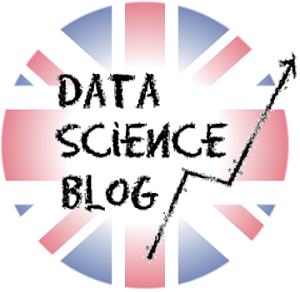

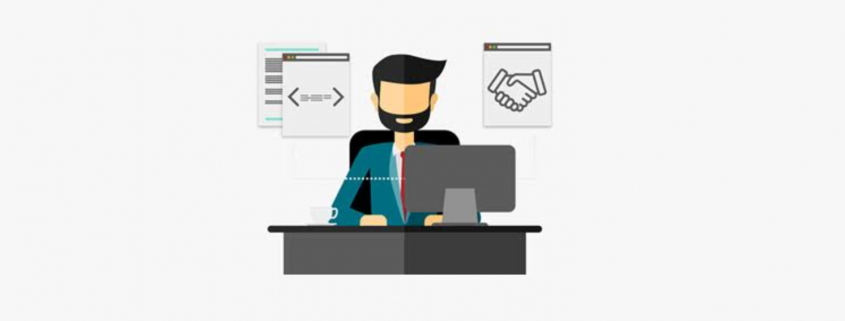
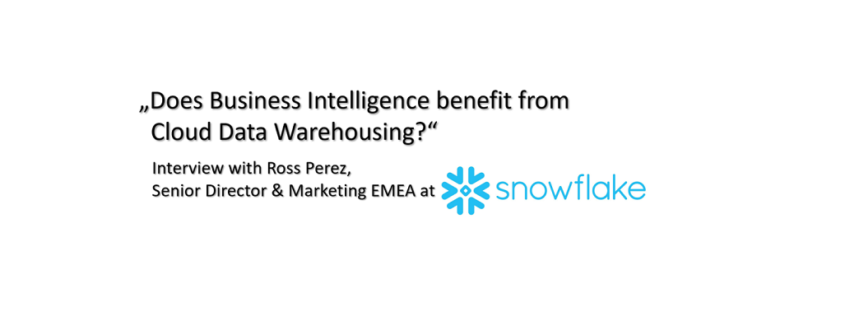
 Ross Perez is the Senior Director, Marketing EMEA at
Ross Perez is the Senior Director, Marketing EMEA at 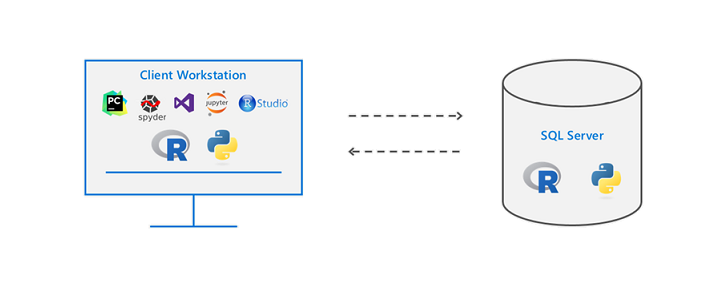
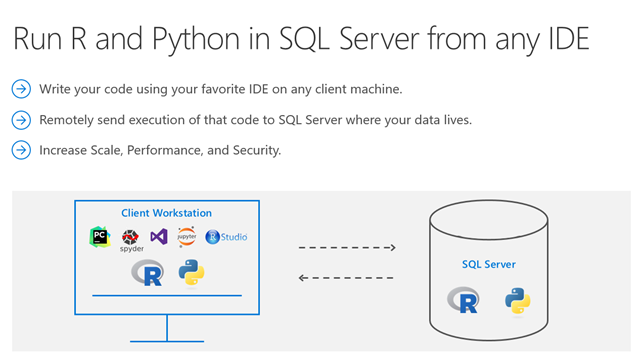
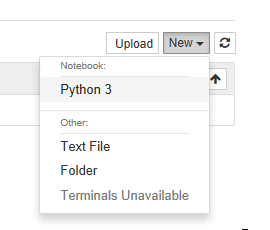

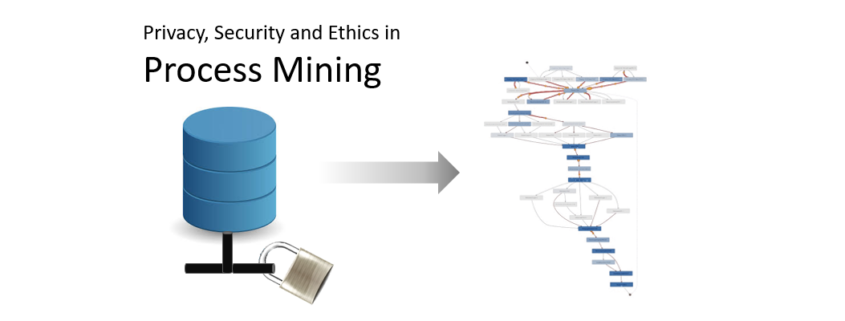
 Read this article in German:
Read this article in German: